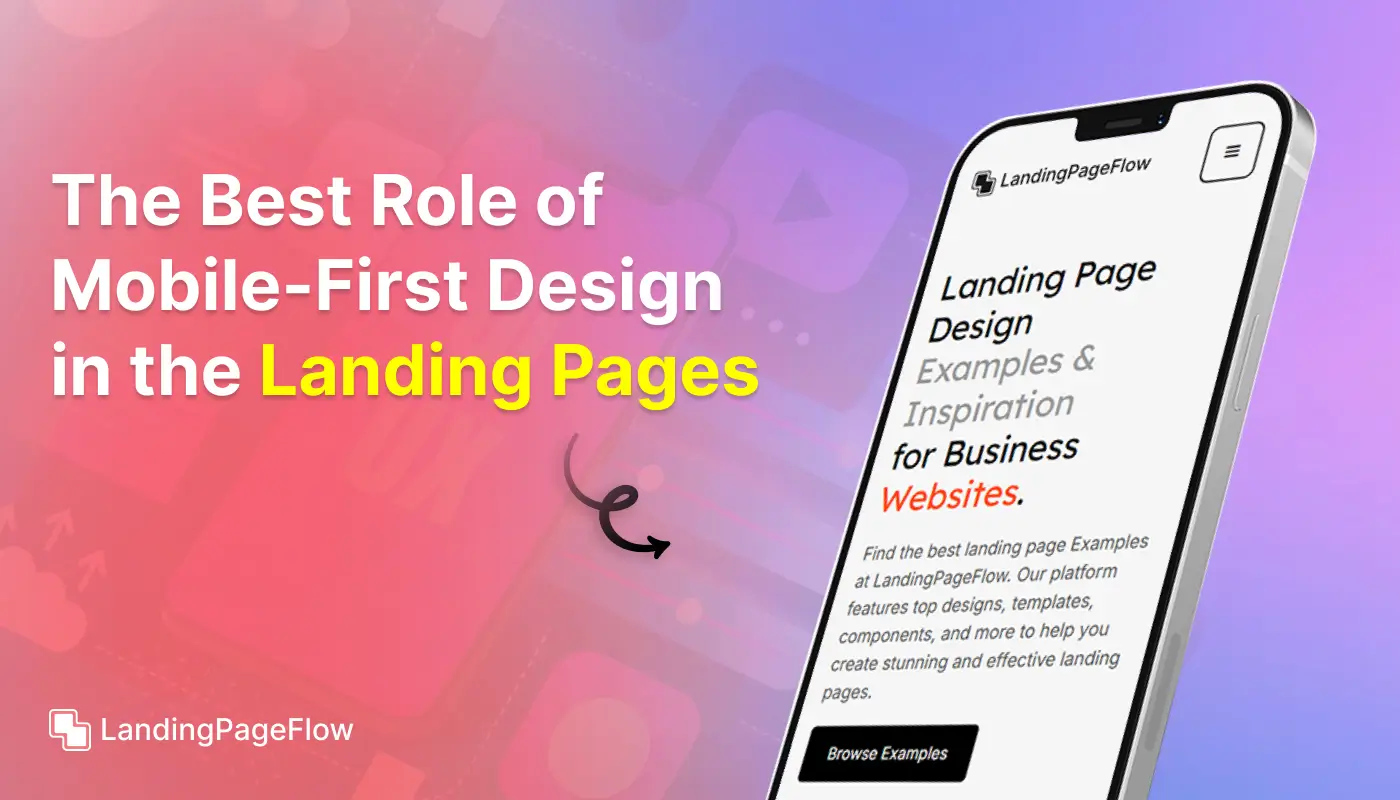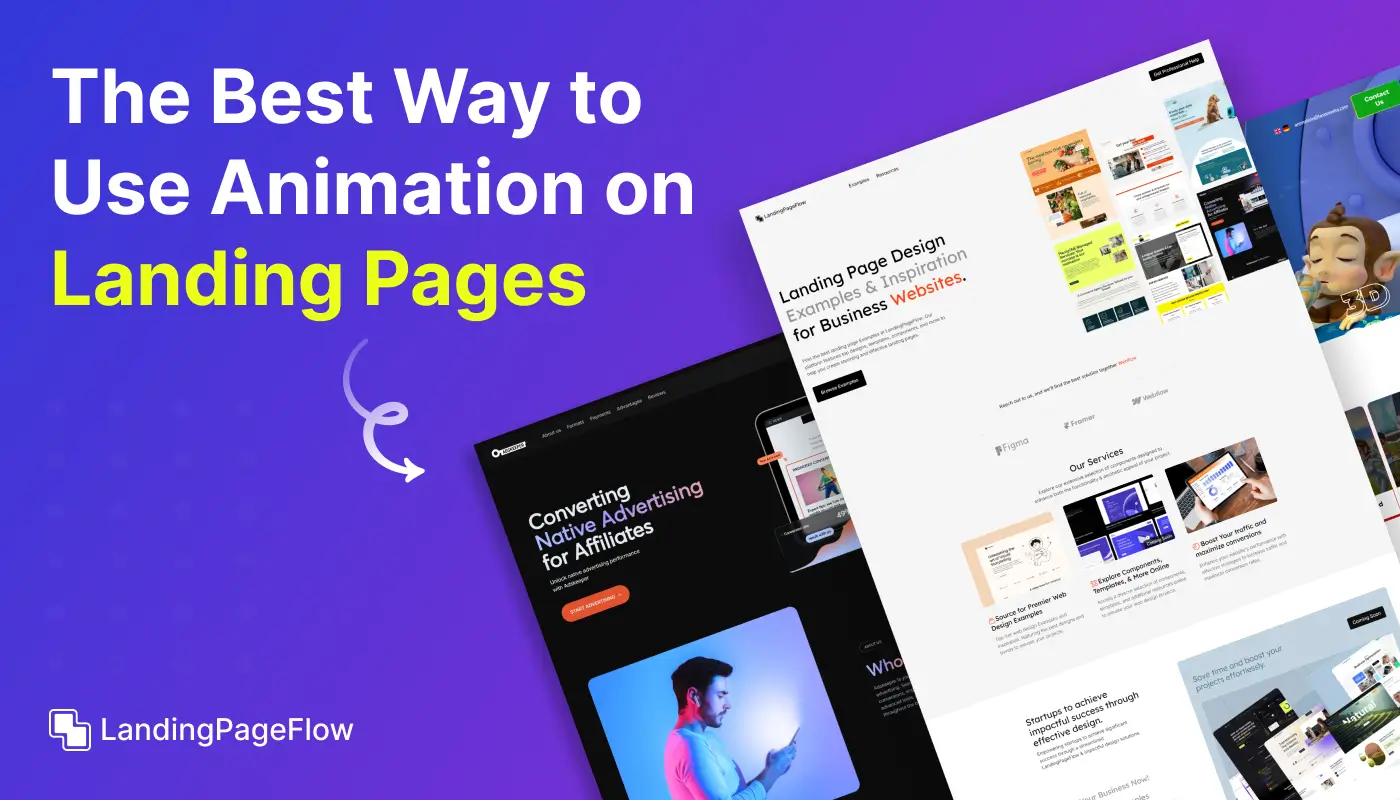How to Build a Lead Gen Landing Page That Drives Results

October 15, 2025
Every business striving for growth needs a landing page that does more than look good. It should guide visitors toward a clear action and build instant trust.
Creating a lead gen landing page starts by understanding your audience and tailoring every element to their expectations. Visitors want relevance, clarity, and proof of value.
Strong headlines, concise copy, and powerful visuals keep the audience engaged. Each piece should serve a purpose, leading prospects seamlessly toward the next step.
Conversion-focused design thrives on clarity. Every section should point visitors to a single call-to-action, removing friction and distractions that block results. Mobile-first responsiveness is now critical.
These details help overcome doubts and drive higher completion rates for forms. Ultimately, lead gen landing pages are strategic tools, and businesses that invest in them consistently see higher returns and stronger customer pipelines.
"Looking for a smarter way to capture leads?
Get your free guide today & learn how to create landing pages."
Table of Contents
- Introduction
- What Makes a Successful Lead Gen Landing Page?
- Essential Elements of a Lead Gen Landing Page
- Step-by-Step Guide to Building a Lead Gen Landing Page
- Best Practices For Optimizing Lead Gen Landing Pages
- Common Mistakes to Avoid
- Measuring Success
1. Introduction
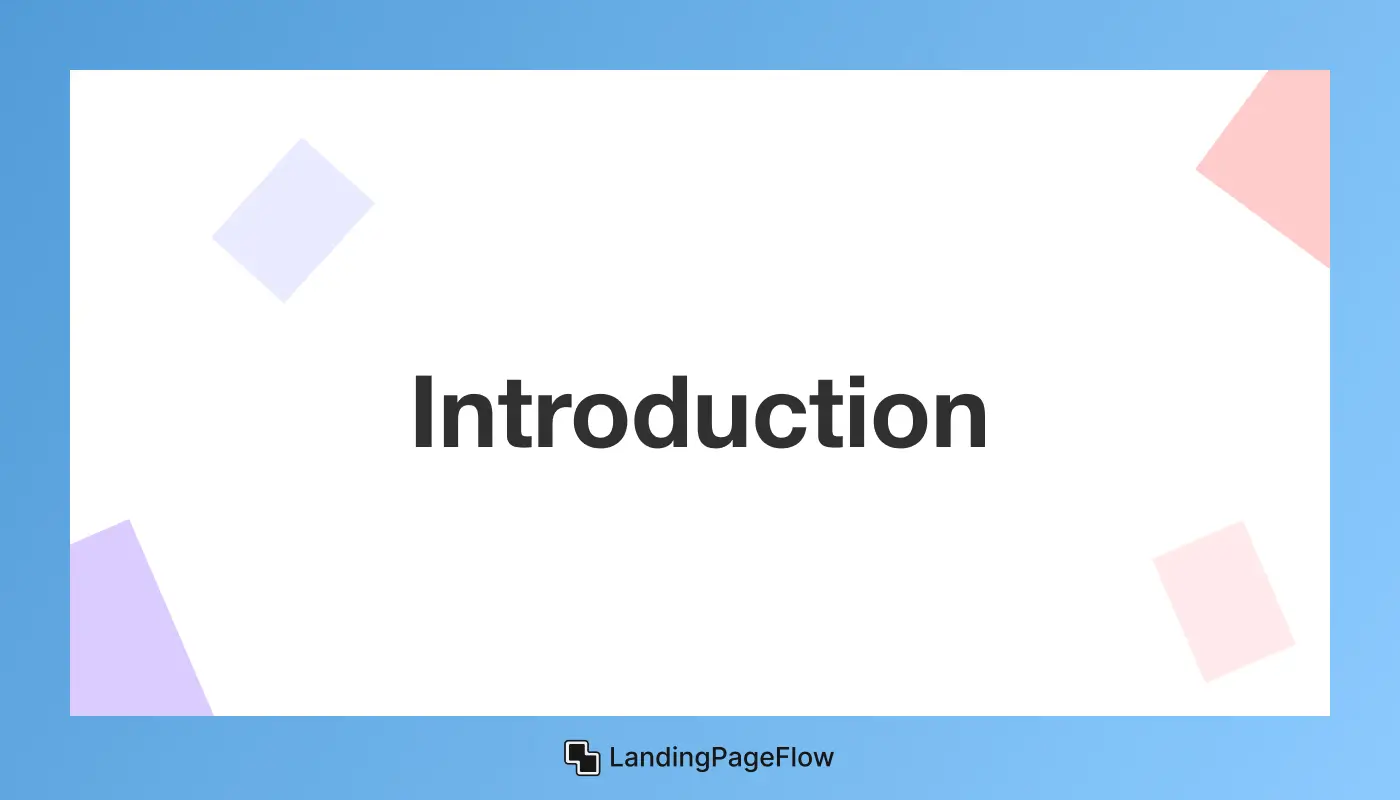
Lead generation is one of the most effective ways to build a qualified customer base. Businesses across various industries—from SaaS to consulting—use lead gen landing pages to attract potential clients and capture important data.
The ultimate goal is to make it easy for visitors to convert while offering something of value in return.
If done correctly, a lead-gen landing page can boost your customer acquisition and contribute significantly to your sales pipeline.
2. What Makes a Successful Lead Gen Landing Page?
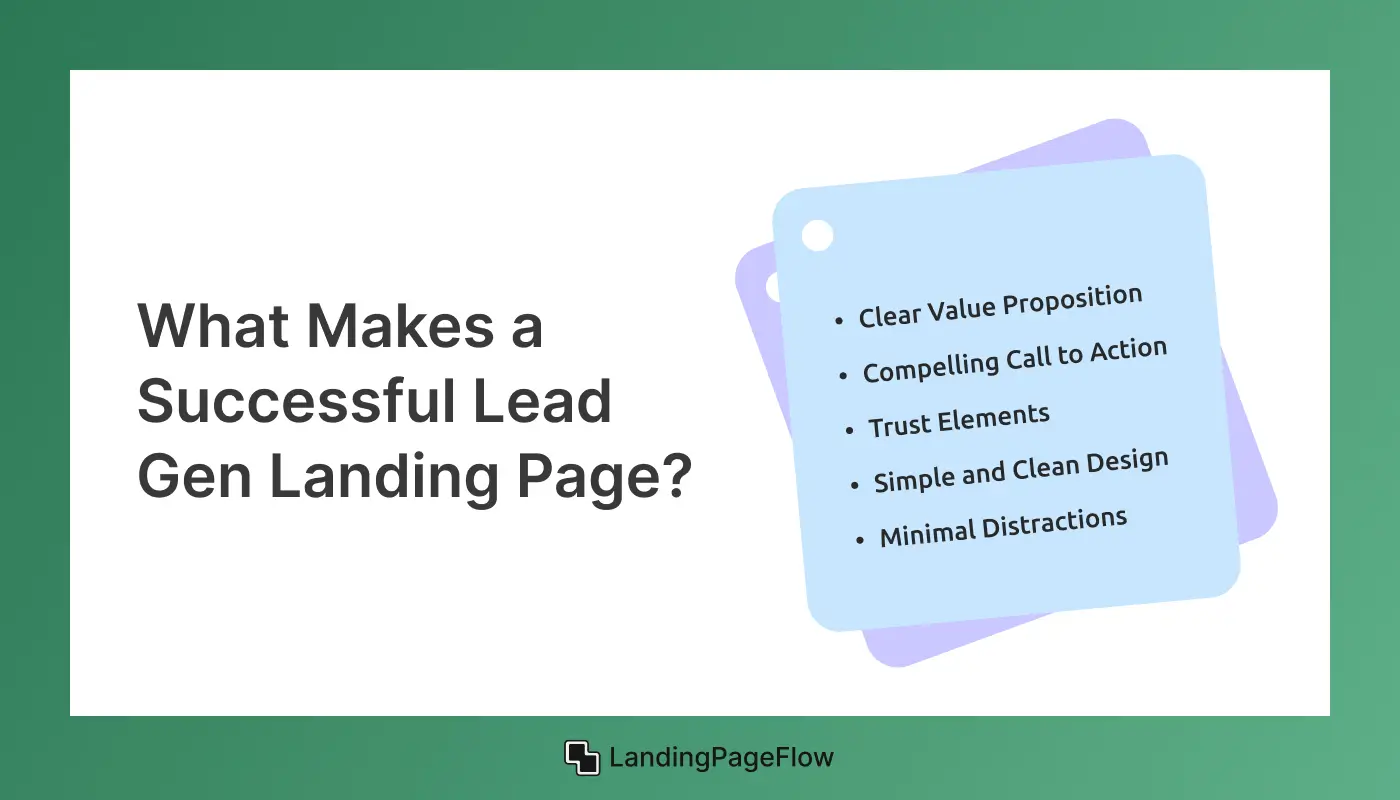
A successful lead gen landing page is focused, clear, and persuasive. Here’s what makes it effective:
- Clear Value Proposition: The visitor should immediately understand what they’ll gain by filling out the form.
- Compelling Call to Action (CTA): The CTA should clearly define what the visitor should do next, such as “Download Now,” “Get Started,” or “Sign Up for a Free Trial.”
- Trust Elements: Testimonials, social proof, or secure checkout badges help to instill confidence in your visitors.
- Simple and Clean Design: Avoid clutter. A simple design with a clear focus on the conversion action increases your page’s effectiveness.
- Minimal Distractions: Remove navigation and unnecessary links to keep the visitor's focus solely on the conversion goal.
3. Essential Elements of a Lead Gen Landing Page
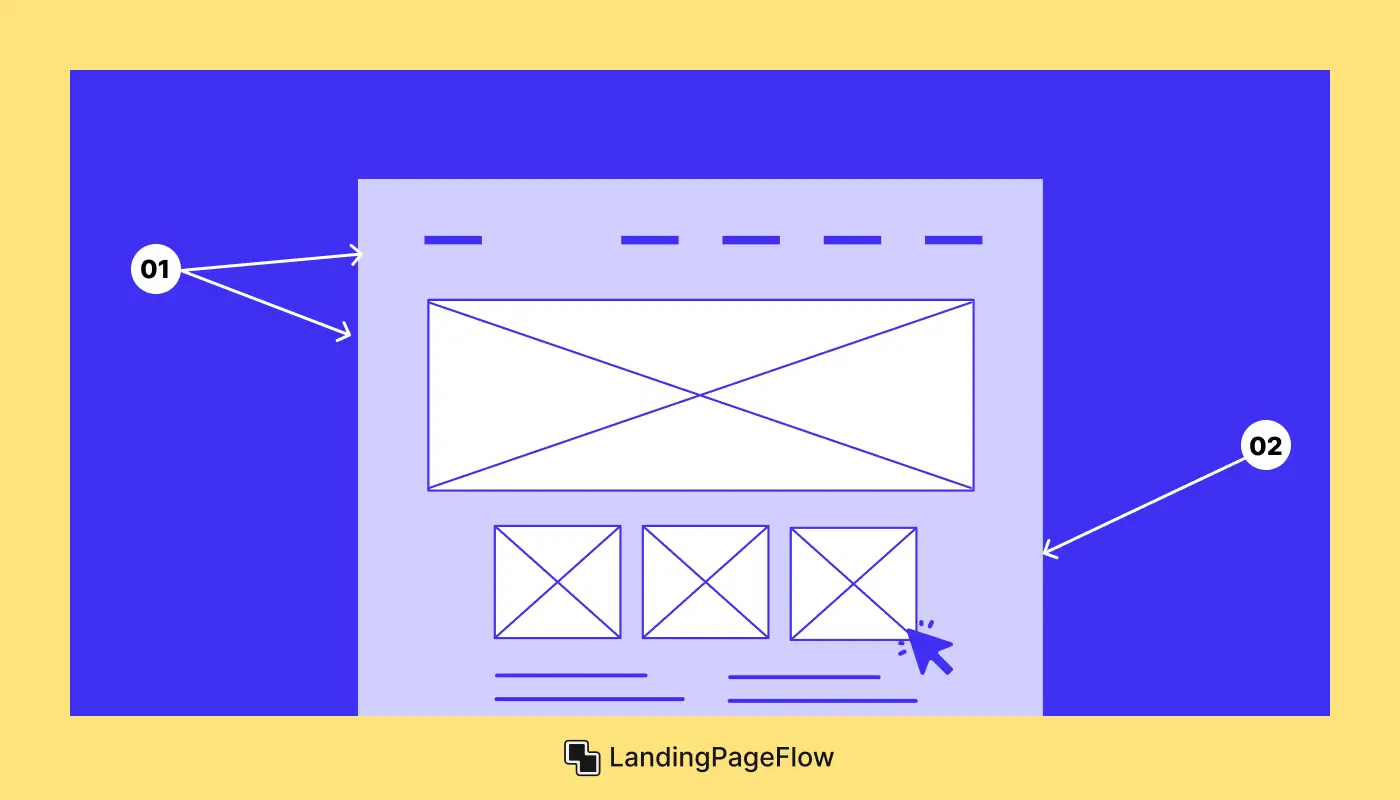
To ensure your landing page is set up for success, it needs to include several key elements:
a. A Clear and Persuasive Headline
Your headline is the first thing a visitor will see, so make it count. The headline should communicate the benefit of what you’re offering and why visitors should stay on the page.
b. Compelling Subheading
Right beneath the headline, include a brief subheading to reinforce the message and emphasize the value. This should be a concise description of the offer, helping to clarify what the visitor will receive.
c. Engaging Visuals
Visuals (such as images, videos, or infographics) can make your offer more tangible. If you’re offering a service or product, a demo or screenshot can build interest. Use high-quality, relevant images or videos that support the offer.
d. Lead Capture Form
This is the core of your landing page. The form should only ask for essential information (name, email address, phone number). Keep the form as short as possible—users are more likely to convert when there are fewer fields to complete.
e. A Persuasive Call to Action (CTA)
Your CTA should be action-oriented and directly tied to the visitor’s intent. Phrases like “Get Your Free Trial Now,” “Start Your Free Consultation,” or “Download Your Free eBook” are effective at driving action.
f. Trust Elements
To increase credibility, include trust signals like:
- Customer testimonials or reviews
- Client logos
- Security badges (for forms that require personal information)
- Social proof like the number of downloads or sign-ups
g. Mobile Optimization
Ensure your landing page is fully optimized for mobile devices. A significant amount of web traffic comes from mobile devices, so a responsive design is crucial for conversions.
4. Step-by-Step Guide to Building a Lead Gen Landing Page
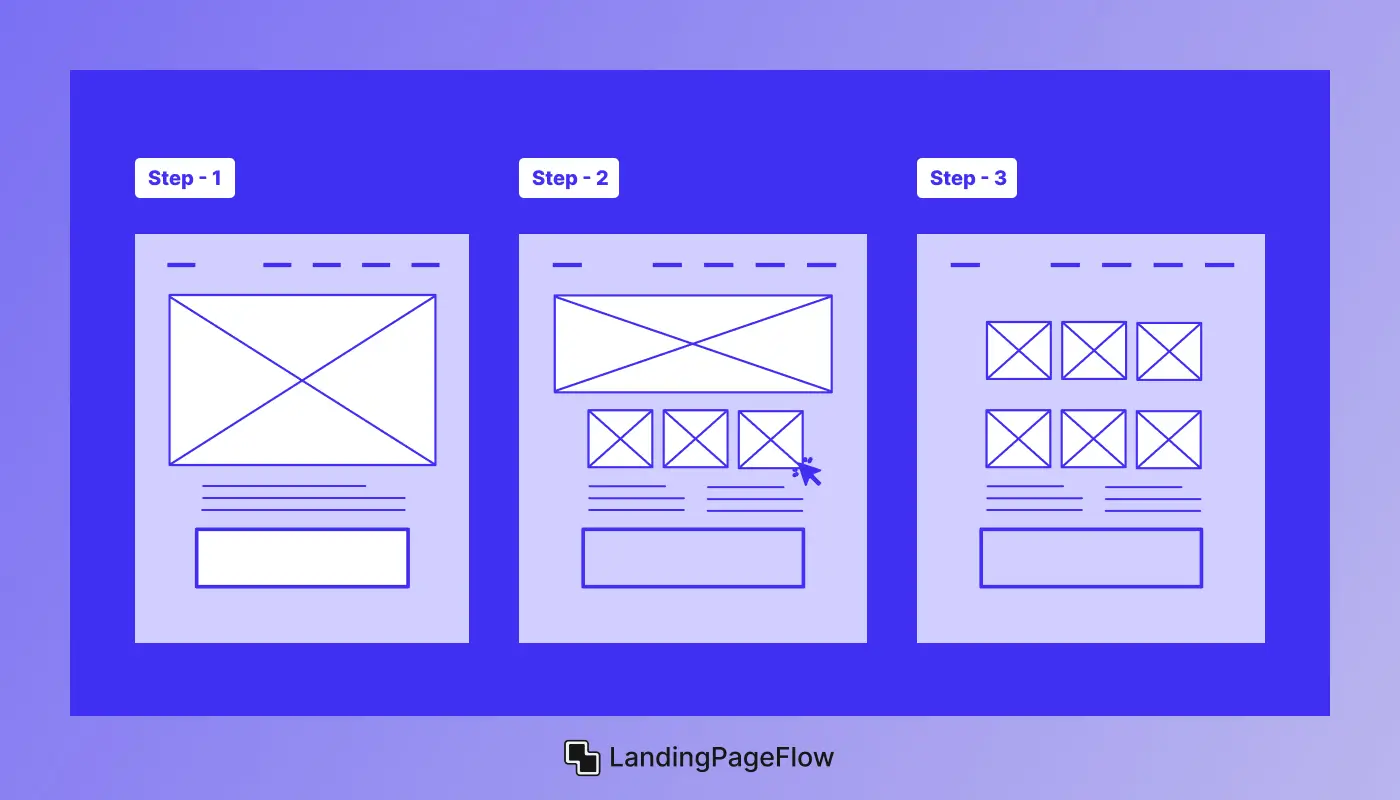
Building a lead gen landing page requires both strategy and design. Here’s a simple step-by-step process to follow:
Step 1: Define Your Objective
Before you begin building the page, be clear on the goal. Are you collecting emails for a newsletter, offering a free trial, or selling a product? Your goal will dictate the page's structure and content.
Step 2: Design Your Landing Page
Create a clean and simple design that guides the visitor's eyes toward the CTA. Use contrasting colors for buttons, make headings bold, and ensure that key sections stand out.
Step 3: Craft the Content
Focus on writing persuasive, benefit-driven copy. The goal is to explain the value of your offer in a way that resonates with your target audience. Avoid jargon and keep the message simple and direct.
Step 4: Optimize the Form
Minimize the number of fields you ask users to fill out. A name and email are typically enough to start the lead gen process. If you need more information, consider gathering it later in the funnel.
Step 5: Implement a Strong CTA
Your CTA should be simple but clear. It should stand out from the rest of the page, using contrasting colors and clear action-oriented language.
Step 6: A/B Test
After launching, test various elements of your page. A/B testing headlines, CTAs, images, and form lengths can help you determine what resonates best with your audience and drives higher conversion rates.
5. Best Practices For Optimizing Lead Gen Landing Pages

a. Use Persuasive Copy
The copy on your landing page needs to speak directly to your audience's pain points and explain how your offer can solve them. Keep your language simple, but impactful.
b. Remove Navigation Links
A well-designed landing page is one that keeps the user focused on the goal. Removing navigation links and other distractions minimizes the chances of visitors leaving your page.
c. Focus on One Goal
Stick to one core conversion goal. Whether you want the visitor to fill out a form, book a demo, or download an asset, don’t clutter the page with secondary actions.
d. Use Scarcity and Urgency
Scarcity (limited-time offers) and urgency (e.g., "Offer ends in 24 hours") can encourage quicker decision-making, increasing conversion rates.
e. Trust Signals
To build confidence in your visitors, add testimonials, logos of trusted clients, and trust badges like “Secure Checkout.”
6. Common Mistakes to Avoid
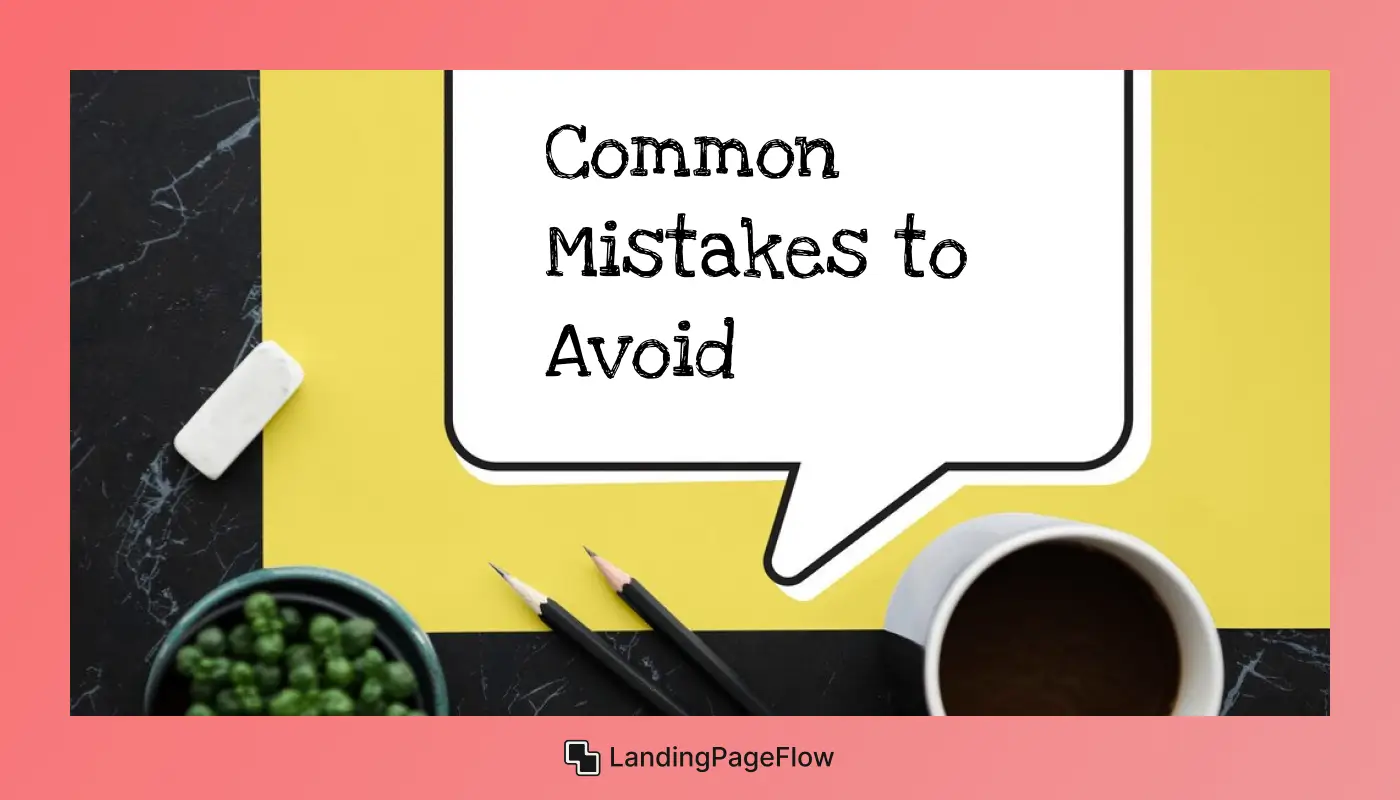
When building a lead gen landing page, there are common pitfalls to watch out for:
a. Overloading the Form with Fields
Asking for too much information upfront can turn off potential leads. Keep it simple—name and email are usually sufficient.
b. Too Many CTAs
Including multiple CTAs can confuse visitors and decrease conversion rates. Stick to one clear and concise CTA that aligns with the page’s objective.
c. Slow Load Times
Landing pages that take too long to load result in higher bounce rates. Compress images, streamline code, and use a fast hosting service to improve load times.
7. Measuring Success

To gauge the effectiveness of your lead gen landing page, you’ll need to track key performance metrics, such as:
- Conversion Rate: The percentage of visitors who complete the desired action (form submission, download, etc.).
- Bounce Rate: The percentage of visitors who leave the page without interacting.
- Average Time on Page: A higher time spent on the page can indicate that visitors are engaged with your offer.
Using analytics tools like Google Analytics or specialized landing page software like Unbounce or Leadpages can help you track and optimize these metrics.
Conclusion
Smart landing page design is no longer an option but a necessity for any business aiming to grow in 2025. The smallest tweaks can make a measurable difference in results. Visitors respond positively when they feel understood and guided.
User experience defines how easily a visitor transitions from curiosity to conversion. Businesses that invest in this process tend to build stronger long-term growth.
Calls-to-action should stand out, carrying both clarity and urgency. A well-placed CTA can multiply conversions far more effectively than a generic one ever will.
Continuous testing helps refine messaging, layout, and visuals into a system that performs consistently. Businesses that evolve see stronger performance over time.
Lead generation through landing pages remains one of the most cost-effective methods. The businesses that embrace these best practices will lead the competition.

FAQ
1. What makes a lead gen landing page different from a regular website page?
A lead gen landing page is built for one purpose, conversions. Unlike multi-purpose website pages, it removes distractions and drives visitors to a single call-to-action.
2. How long should a lead gen landing page be?
There’s no universal length. Some audiences convert on shorter pages, while others need more information. Testing helps determine the right balance for your niche.
3. Should I use images or videos on my landing page?
Yes, visuals play a crucial role. High-quality images and short videos can increase engagement, but they must align with your message and avoid slowing load speed.
4. What are the key elements of a high-converting lead gen landing page?
Core elements include a compelling headline, persuasive copy, clear visuals, social proof, trust signals, and a strong, visible call-to-action.
5. How can I track the performance of my landing page?
Using analytics tools like Google Analytics or heatmaps, you can measure metrics such as conversion rate, bounce rate, and user behavior to optimize results.
6.Do I need different landing pages for different campaigns?
Yes, tailoring landing pages for specific campaigns or audiences increases relevance. Personalized content improves user experience and typically delivers higher conversions.
















